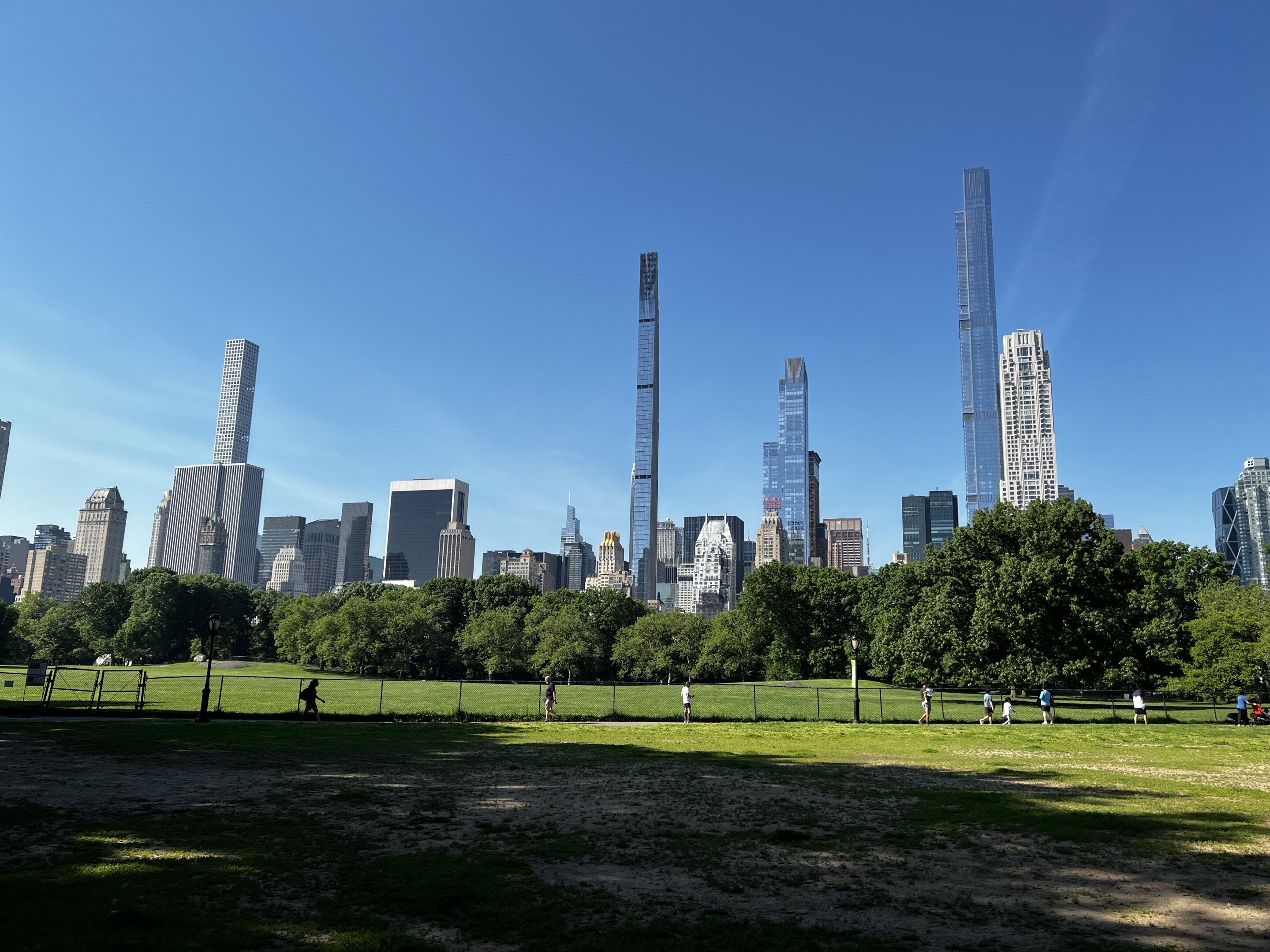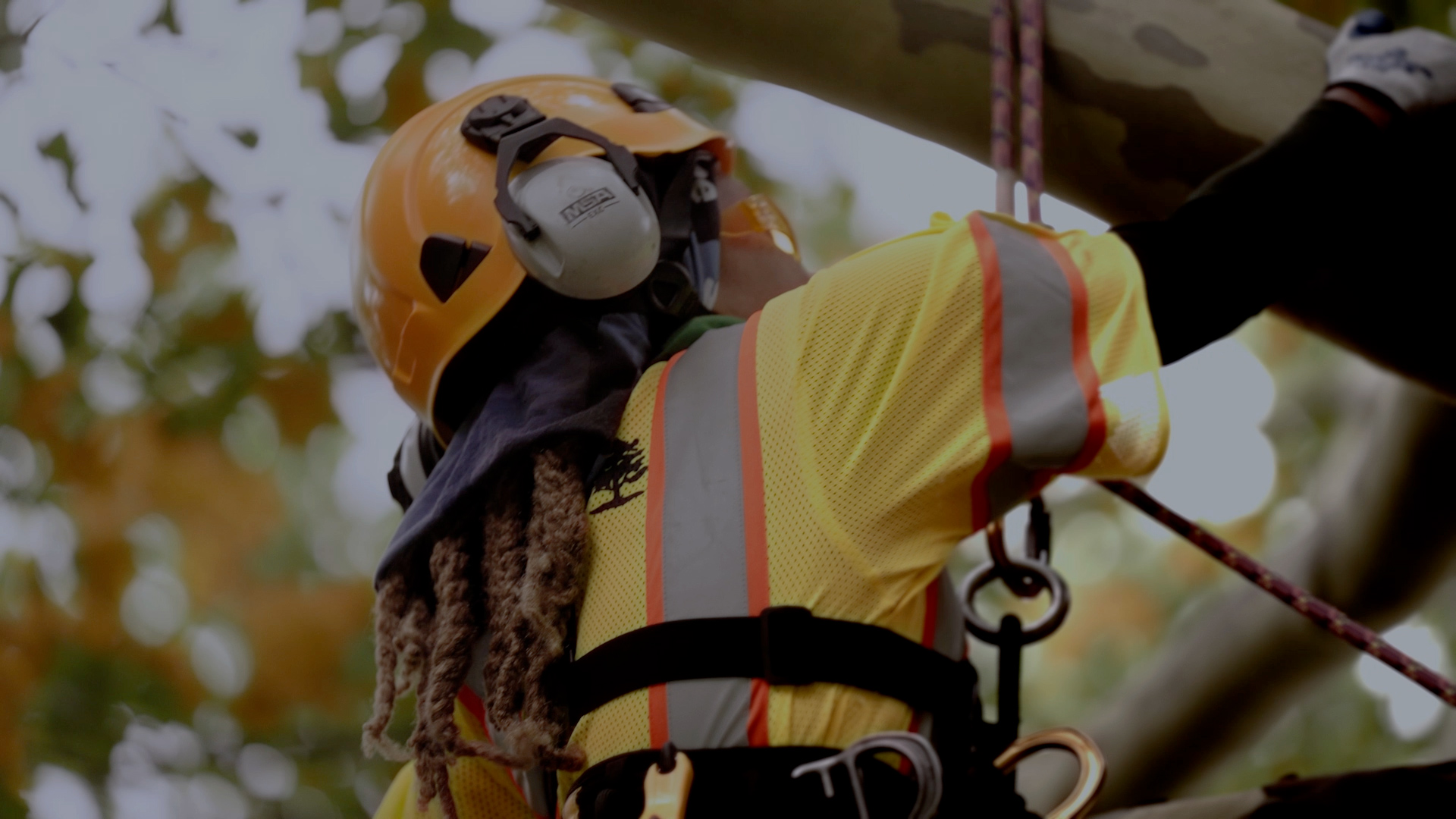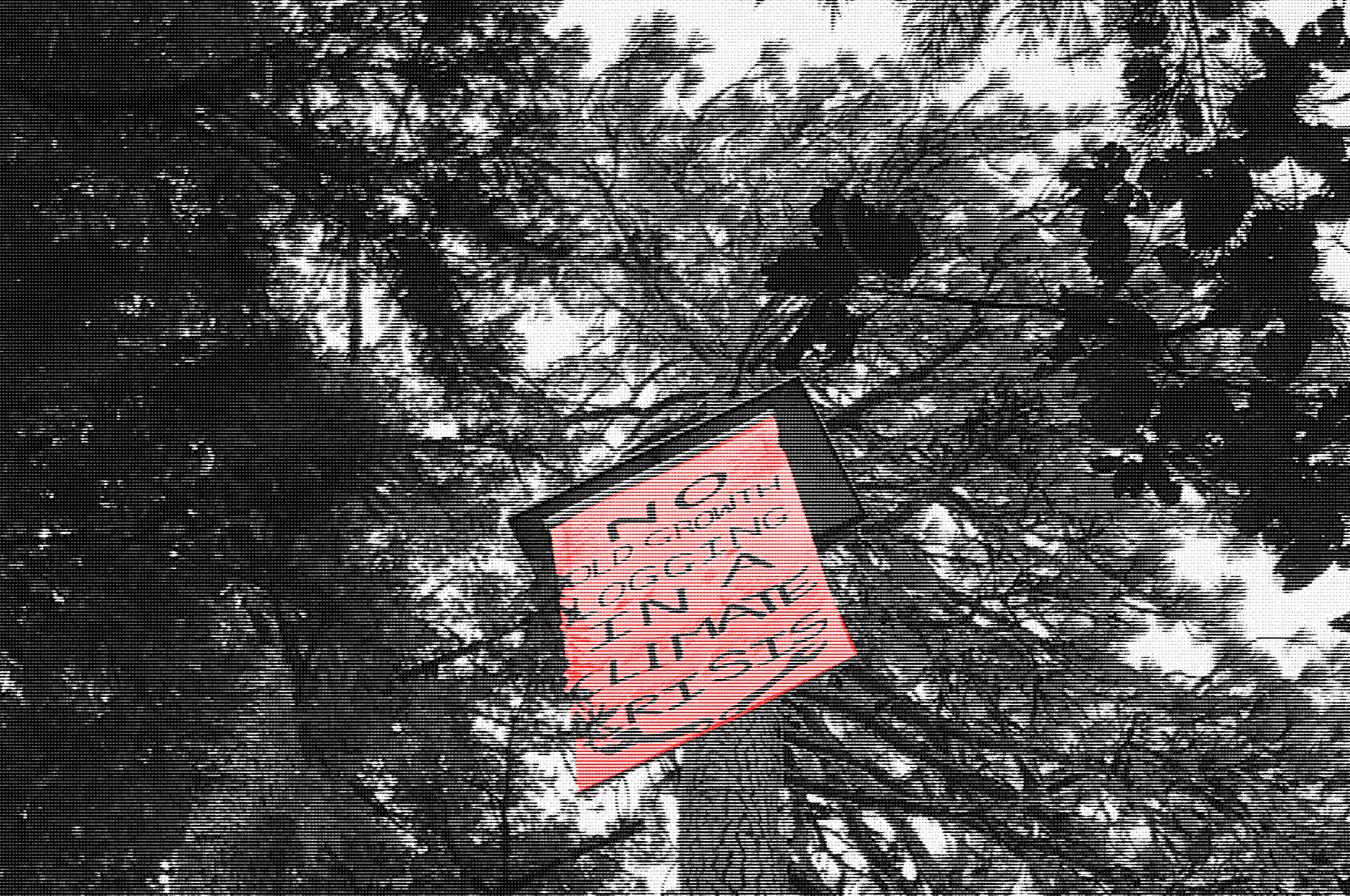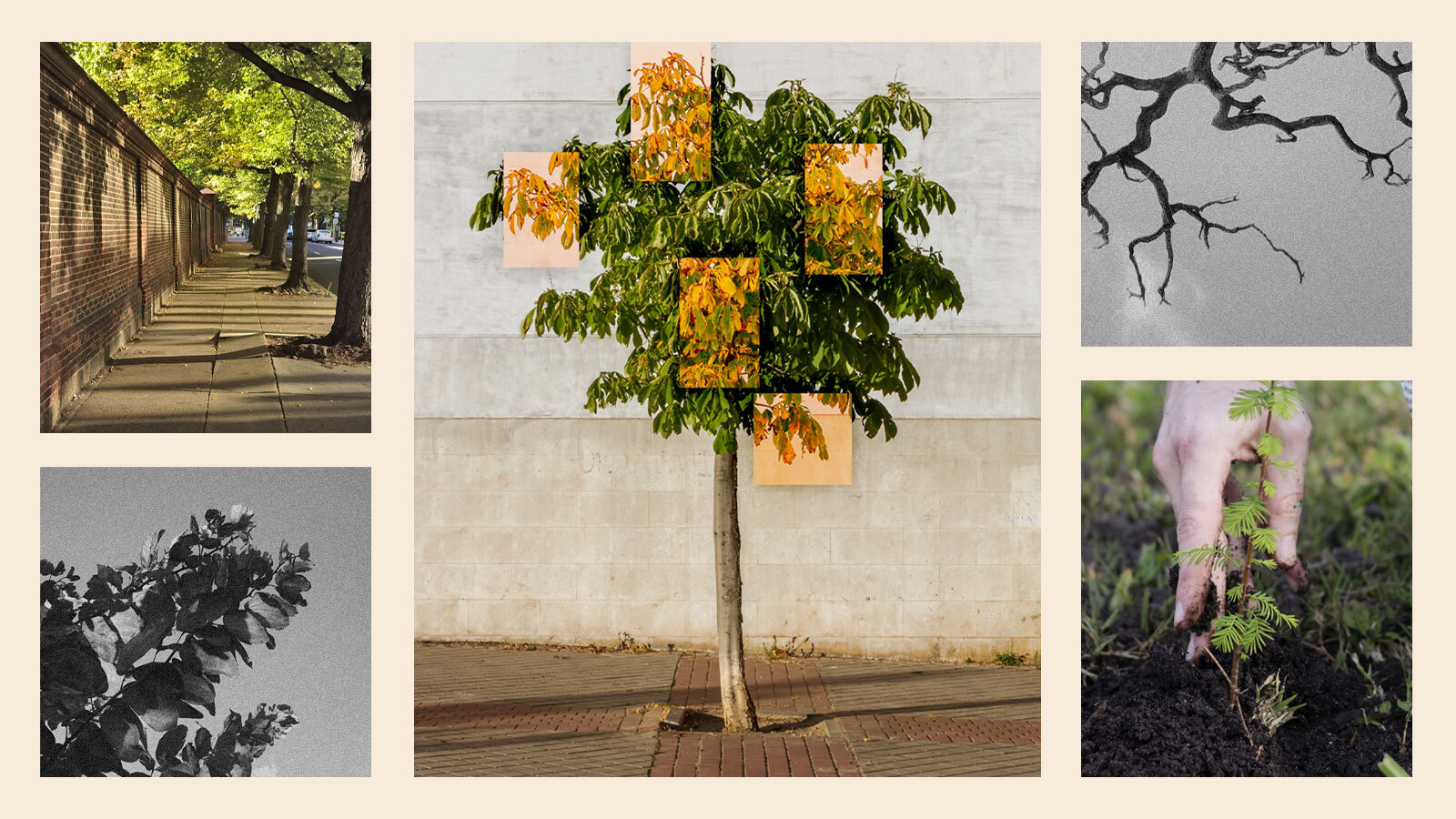Tree Huggers
 news.mongabay.com
news.mongabay.com
- The EU parliament and council is considering a 12-month delay to its deforestation-free products regulation, which will require exporters to prove that beef, soy, rubber and other harmful commodities aren’t sourced to deforested land. - The law was supposed to go into effect January 1, 2025, but faced mounting pressure from exporting countries and the industrial agricultural sector.
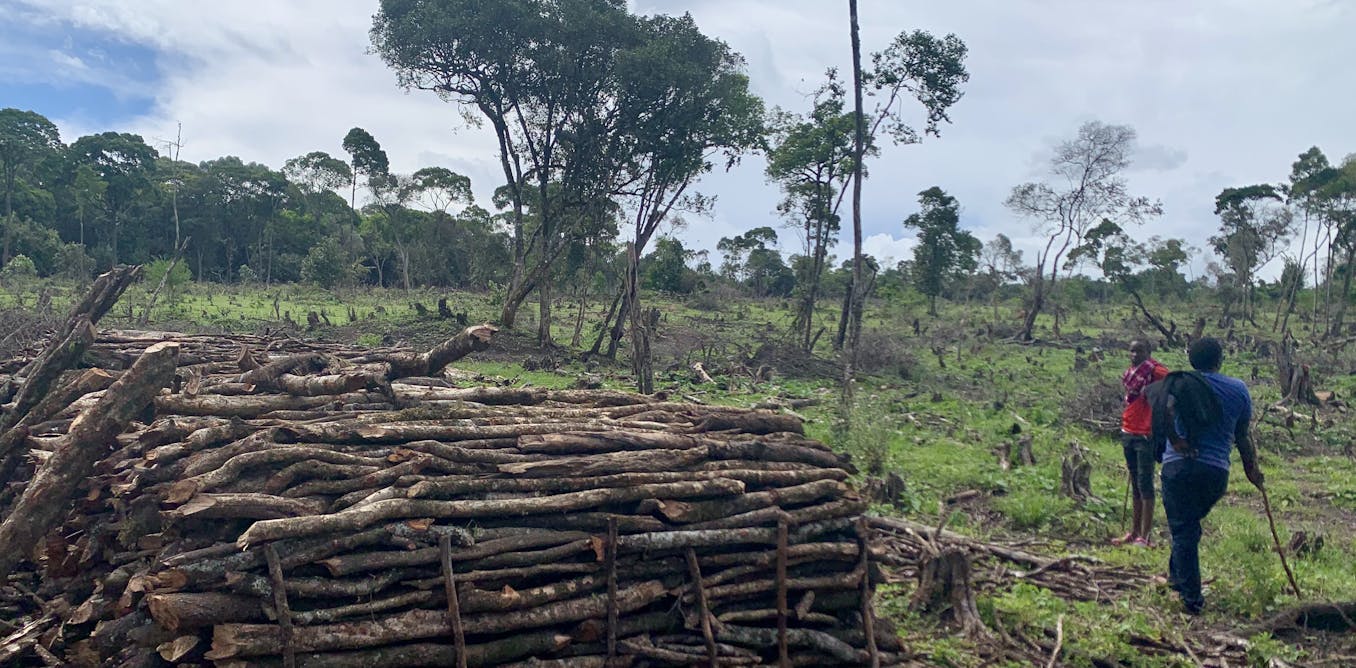 theconversation.com
theconversation.com
> For the Maasai, Nyekweri forest has such a high ecological and socio-cultural value. But new conservancies aren’t working as best they could.
A really innovative study that went beyond statistical association and actually planted trees in low-tree neighborhoods and measured the impacts. >After the plantings, the research team reassessed residents' health. They found that those living in the greened area had 13-20% lower levels of a biomarker of general inflammation, a measure called high-sensitivity C-reactive protein (hsCRP) than those living in the areas that did not receive any new trees or shrubs. Higher levels of hsCRP are strongly associated with a risk of cardiovascular disease and are an even stronger indicator of heart attack than cholesterol levels. Higher CRP levels also indicate a higher risk of diabetes and certain cancers. >A reduction of hsCRP by this percentage corresponds to nearly 10-15% reduction in the risk of heart attacks, cancer or dying from any disease. >Although several previous studies have found an association between living in areas of high surrounding greenness and health, this is the first study to show that a deliberate increase in greenness in the neighborhood can improve health.
 www.earth.com
www.earth.com
> Nearly 40% of the Amazon's vital climate regions are unprotected, raising concerns about deforestation and the urgent need for preservation.
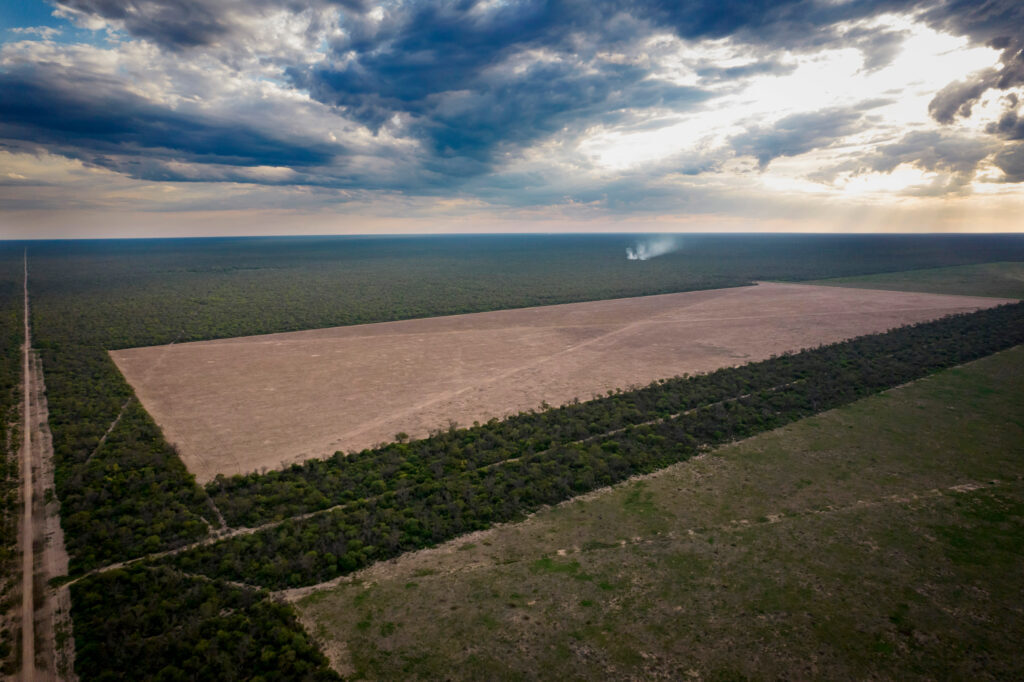 insideclimatenews.org
insideclimatenews.org
>A complaint lodged with the government alleges that Argentine provincial officials and businessmen are profiting from clearing the native forest. >In northern Argentina, lush, green spaces of forest give way to wide, open clearings. In aerial photos, the contrast couldn’t be starker: treetops with varying tones of green, and next to them, brownish empty land. Such is the reality for some parts of the province of Chaco, home to a part of the Gran Chaco, the second-largest forest in South America, after the Amazon. This vast dry forest has one of the highest deforestation rates in the world, losing more than 130 square miles every month.
cross-posted from: https://slrpnk.net/post/11260741
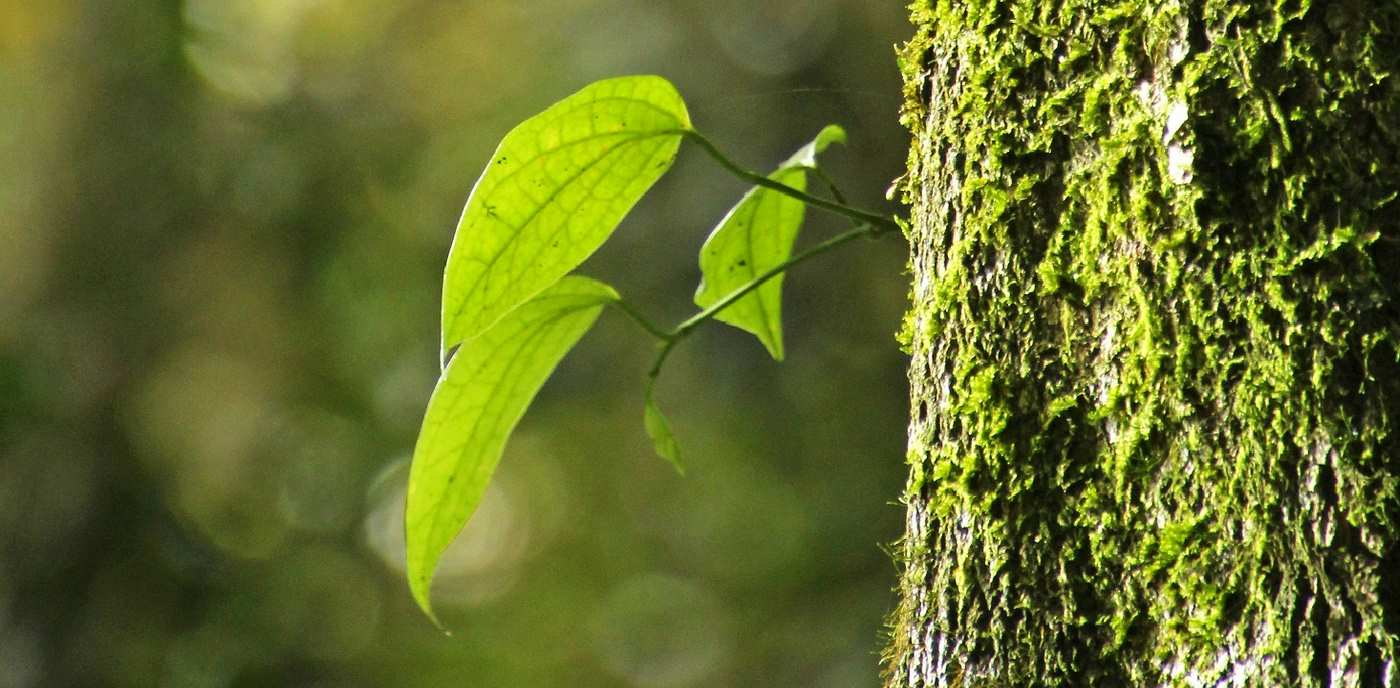 www.goodnewsnetwork.org
www.goodnewsnetwork.org
> It’s long been thought that soil is the only effective terrestrial methane sink, as certain microorganisms use methane as a food source, but similar creatures live under a tree’s layer of bark, meaning that not only do our woody cousins withdraw CO2 from the atmosphere and store it in their roots, but also remove methane as well, about as effectively or perhaps more so than soil.

 Years ago, I took an online course on mountains, and one fact that stuck with me from it was about how people in the USA accidentally polluted the water in New York City by cutting down trees. It was the 1800s, and the trees in the Catskill Mountains were cut down to accommodate growing populations, and as a result, the water quality for New Yorkers deteriorated rapidly. Yes, the agriculture pollution and sewage did play a part, but the trees were decided to be such a big problem, that they decided something had to be done. So, they purchased land, and planted 18000 trees to restore the natural ecosystem. How does this water-cleaning work? With watersheds. > “Watershed: an area of high ground from which water flows down to a river” | [Cambridge Dictionary](https://dictionary.cambridge.org/dictionary/english/watershed) Imagine it is raining in a forest. Droplets hit the ground, and —thanks to the vegetation which slows runoff — it is absorbed into the soil like a sponge. As the water moves through the soil, microbes are actively removing harmful pollutants, silt is filtered, and plants removing fertilizers. Some of the water will end up in our lakes and streams, but will be much cleaner than when it started. > "The ability of forests to aid in the filtration of water doesn’t only provide benefits to our health and the health of an ecosystem, but also to our pocketbooks. Forest cover has been directly linked to drinking water treatment costs, so the more forest in a source water watershed, the lower the cost to treat that water. Forests provide these benefits by filtering sediments and other pollutants from the water in the soil before it reaches a water source, such as a stream, lake or river." | [American Forests](https://www.americanforests.org/article/the-important-relationship-between-forests-and-water/) Since this intake and outtake of water is gradual, removal of these forests can even to lead to a higher chance of both droughts and floods. More Info: - https://youtu.be/QOrVotzBNto - https://youtu.be/OfqOOqz0RhU

  Have you heard of the beautiful living root bridges in Meghalaya, India? Their construction is a lesson in patience as the roots are gradually encouraged to grow in the supportive shape. They need regular care, but grow stronger with age. >“Once a bamboo structure has been stretched across the river, the roots of the tree, usually the rubber tree (Ficus elastica), are teased and manipulated to become entwined with the bamboo until it becomes a strong mesh. > The roots are allowed to grow gradually and strengthen over time. In the initial stages, only about 15-20 people can cross the bridge in a day. Much later, it can be as many as 50 or more, although it can take up to two decades for a living roots bridge to be finished.” | [The Guardian ](https://www.theguardian.com/world/2022/apr/01/india-living-root-bridges-submitted-to-unesco) Once done, the bridges can have a[ lifespan of several hundred years](https://en.wikipedia.org/wiki/Living_root_bridge#cite_note-:4-5); far outliving the original creators of them. It is unknown when this tradition started, but they were written[ about in 1844](https://en.wikipedia.org/wiki/The_Asiatic_Society), so it would be far earlier than that. I just thought people on here might find this tradition as fascinating as I do. More Info: - https://youtu.be/1H0qTm7wNjk
cross-posted from: https://group.lt/post/2266851 > ## Highlights > > >European beech trees more than 1,500 kilometers apart all drop their fruit at the same time in a grand synchronization event now linked to the summer solstice. > > >From England to Sweden to Italy — across multiple seas, time zones and climates — somehow these trees “know” when to reproduce. But how? > > >Their analysis of over 60 years’ worth of seeding data suggests that European beech trees time their masting [to the summer solstice](https://www.nature.com/articles/s41477-024-01651-w) and peak daylight. > > >The discovery of the genetic mechanism that governs this solstice-monitoring behavior could bring researchers closer to understanding many other mysteries of tree physiology. > > >So it’s easy to see why masting trees synchronize their seed production. Understanding how they do it, however, is more complicated. Plants usually synchronize their reproduction by timing it to the same weather signals. > > >Then the team stumbled across a clue by accident. One summer evening, Bogdziewicz was sitting on his balcony reading a study which found that the timing of leaf senescence — the natural aging process leaves go through each autumn — depends on when the local weather warms [relative to the summer solstice](https://www.science.org/doi/full/10.1126/science.adf5098). Inspired by this finding, he sent the paper to his research group and called a brainstorming session. > > >It’s the first time that researchers have identified day length as a cue for masting. While Koenig cautioned that the result is only correlational, he added that “there’s very little out there speculating on how the trees are doing what they’re doing.” > > >If the solstice is shown to activate a genetic mechanism, it would be a major breakthrough for the field. Currently, there’s little data to explain how trees behave as they do. No one even knows whether trees naturally grow old and die, Vacchiano said. Ecologists struggle just to study trees: From branches to root systems, the parts of a tree say very little about the physiology of the tree as a whole. What experts do know is that discovering how trees sense their environment will help them answer the questions that have been stumping them for decades.
> A good place to start learning more about Miyawaki Method https://www.sugiproject.com/blog/the-miyawaki-method-for-creating-forests https://earthwatch.org.uk/program/tiny-forest/
 www.inquirer.com
www.inquirer.com
cross-posted from: https://beehaw.org/post/15196046 > Linked article is about Pennsylvania, but note that Cornell recently announced these lanternflies have invaded the New York grape-growing region of the Finger Lakes: https://cals.cornell.edu/news/2024/07/spotted-lanternfly-found-finger-lakes-region > > Also, they are up in Connecticut now: https://www.ctpublic.org/news/2024-07-25/spotted-lanternfly-connecticut-grapes-crops > > > Researchers from Pennsylvania State University’s College of Agricultural Sciences used an economic assessment software program to estimate potential damage and said in the worst-case scenario the damage could climb to half a billion dollars annually. > > > “I mean, look, it made it to Pennsylvania from China in one shot,” Walsh said. Lanternflies invaded the U.S. attached to a stone shipment sent to a local landscaping company. > > > “The reality is that some of those assumptions have not played out as predicted. Far and away, lanternflies are not the fire and brimstone, doom and gloom situation that they were originally feared to be,” Walsh said. “Except for grapes — it’s been worse than expected for grapes.” > > > While extremely disruptive to the wine and grape industry, the spotted lanternfly is not as damaging to hardwood trees used for timber as previously thought, according to 2023 research from Penn State’s Entomology Department. > > > According to Penn State researchers, the heaviest hit vineyards lost up to 90% of their grapevines. > > > Grape growers can’t just immediately replace a grapevine either. Creato said it takes up to three years for grapevines to bear fruit and five to seven years to be ready for wine. > > > Walsh said there is a trend of lanternflies arriving in an area, growing in numbers rapidly for a few years, and then declining for another few years. “But in that sigh of relief, the question is then, ‘Why?’” he said. > > > “It’s a complex bug that still has lots of secrets that we’re slowly working out,” Walsh said. “Everyday citizens reporting back information and doing the ‘lanternfly stomp’ as they went about their daily travels absolutely had a positive effect in slowing the spread.”
 www.nationofchange.org
www.nationofchange.org
>Published in Nature, the study underscores the importance of global forests in absorbing carbon dioxide and calls for immediate action to protect these ecosystems. >**Key findings of the study** > >Researchers examined long-term ground measurements combined with remote sensing data and found significant regional variations in the capacity of forests to act as carbon sinks: >**Boreal Forests:** > >• Significant decline in carbon sink capacity by 36 percent. > >• Factors: increased disturbances from wildfires, insect outbreaks, and soil warming. >**Tropical Forests:** > >• 31 percent decrease in carbon absorption capacity due to deforestation. > >• Regrowth in previously abandoned agricultural lands and logged areas partially offsets these losses. >**Temperate Forests:** > >• 30 percent increase in carbon sink capacity. > >• Reasons: extensive reforestation efforts, particularly in China.
 theconversation.com
theconversation.com
>Although deforestation rates in the Brazilian Amazon have halved, it is still losing more than 5,000km² every year. That’s an area three times larger than Greater London. > >By combining satellite imagery for the entire Amazon region with data from the Brazilian national census, our new study found that deforestation in areas protected by Indigenous communities was up to 83% lower compared to unprotected areas. These results show that Indigenous communities can play an important environmental stewardship role by helping to prevent deforestation by people encroaching on their lands.
>July 8, 2024 >Deforestation in Colombia fell 36% in 2023 versus the previous year, the government said Monday, marking the lowest level since records began.
 www.bithflowers.com
www.bithflowers.com
>Officially classified under the genus Thismia, these peculiar plants defy conventional botanic norms. Lacking chlorophyll and leaves, they derive sustenance entirely from fungi nestled in the soil. Their fleeting presence above ground, marked by small, lantern-shaped blooms, adds to their mystique, often lasting no more than a week. > >One such elusive species, Thismia neptunis, languished in obscurity for 151 years after its initial discovery in Borneo. Rediscovered through a photograph captured by botanist Odoardo Beccari, it underscores the challenges of locating these botanical curiosities. > >Despite their rarity and cryptic nature, a recent breakthrough has occurred in Malaysian rainforests: the unveiling of Thismia malayana, a newfound species. Its discovery was heralded by the appearance of cup-shaped flowers emerging from leaf litter and decaying logs. (...)

>“Noting that she had read studies about mushrooms growing around the Chernobyl nuclear plant, she came to understand further, through her work, that fungi are an extraordinarily resilient species of life that consume carbon, and even though petroleum products are toxic to plants, to mushrooms they are essentially a kind of carbon. >In fact, mushrooms break down several categories of toxic waste with the same enzymes they use to consume a dead tree. They can also eat plastic and other things made out of oil, like agrochemicals.” [Full Article Here](https://www.goodnewsnetwork.org/mushrooms-help-turn-toxic-brownfields-into-blooming-meadows/)
https://web.archive.org/save/https%3A%2F%2Fwww.washingtonpost.com%2Fclimate-solutions%2F2024%2F07%2F06%2Furban-tree-planting%2F
[Alternative Youtube Link](https://www.youtube.com/watch?v=c9UprJXSVSg)
cross-posted from: https://lemmy.world/post/16316375 > cross-posted from: https://lemmy.world/post/16316322 > > > In Indonesia, women ranger teams go on patrol to slow deforestation

cross-posted from: https://mander.xyz/post/13186793 > Couroupita guianensis, Penang botanical garden. Make sure to check out the flowers too! https://mander.xyz/comment/10767031
Very cool project and glad to see it’s still going strong. Fun fact: I actually helped plant some of the very first trees here when it was just an empty field.
Tree Huggers
!treehuggers@slrpnk.netA community to discuss, appreciate, and advocate for trees and forests. Please follow the SLRPNK instance rules, found here.



